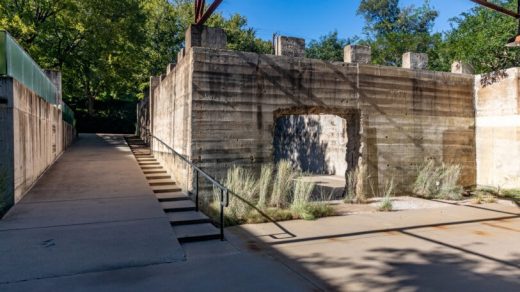Meet the landscape architect turning Superfund sites into must-see destinations
A landscape architect whose work focuses on unloved and degraded spaces has just been awarded the profession’s new top prize. Julie Bargmann, founder of D.I.R.T. Studio and a professor at the University of Virginia, is the inaugural laureate of the $100,000 Cornelia Hahn Oberlander International Landscape Architecture Prize.
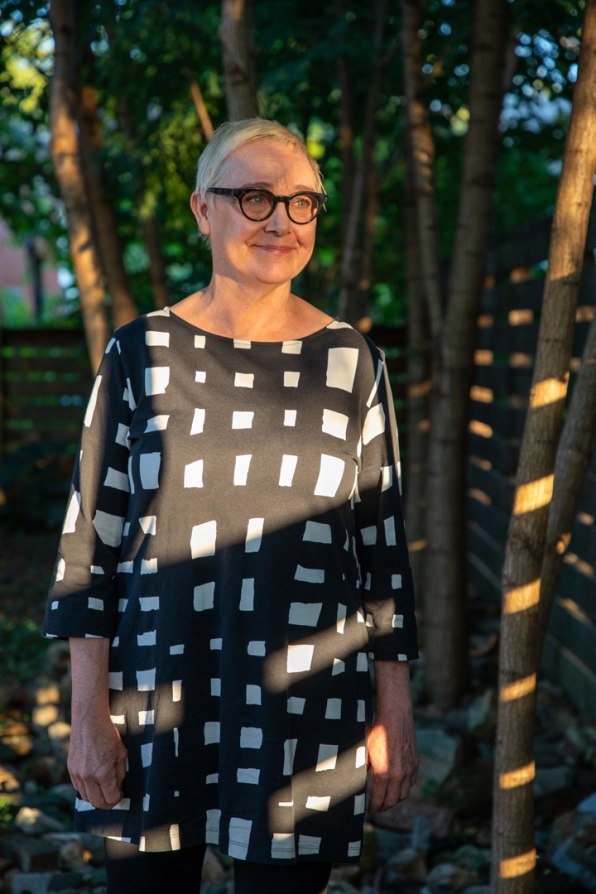
[Photo: ©Barrett Doherty/courtesy the Cultural Landscape Foundation]
Bargmann has specialized in work on overlooked, environmentally challenged, and deeply polluted sites, bringing an ethos of recycling, remediation, and repair to places others may see as too far gone. In projects like the Vintondale Reclamation Park, built on a former coal mine’s dumping ground, and the retrofit of the Philadelphia Navy Yard into the headquarters of Urban Outfitters, Bargmann turns design projects into environmental interventions, and vice versa.
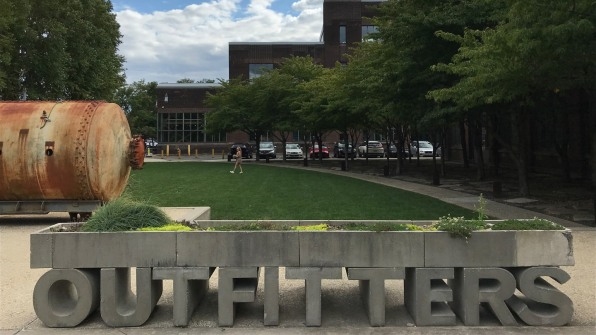
[Photo: ©Charles A. Birnbaum/courtesy the Cultural Landscape Foundation]
Founded in 1992, D.I.R.T.—which stands for Dump It Right There—has often reworked elements of a site’s previous life into the new design, using rubble and chunks of former buildings to draw connections to the past. Bargmann’s work also emphasizes the importance of using landscape design and ecological processes to filter and remove pollutants from heavily impacted postindustrial landscapes, including Superfund sites—areas of land that have been designated by the Environmental Protection Agency as hazardous to human health and/or the environment.
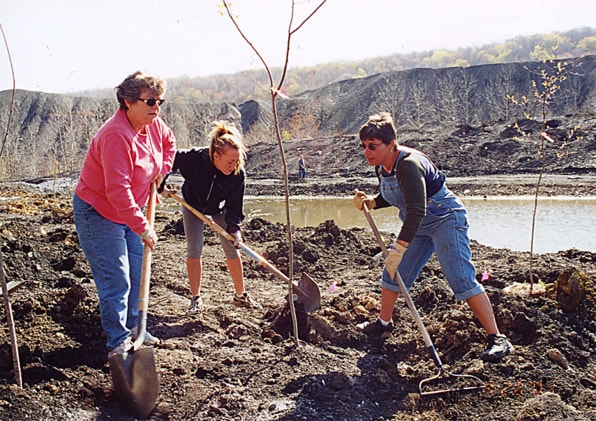
“To work with these toxic and degraded sites, you must look carefully, and care about, the processes of their past—industrial, social, environmental, and cultural,” Bargmann tells Fast Company via email. “It’s only when you understand the flows and the stories that you can imagine their next life. And the sites’ landscape narratives are the only way to engage the neighbors’ story.”
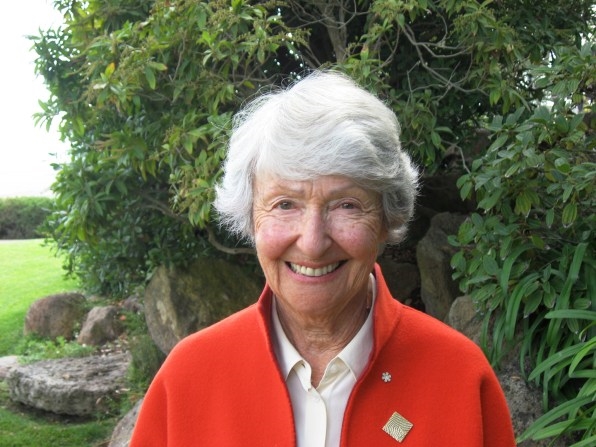
[Photo: Susan Cohen/courtesy the Cultural Landscape Foundation]
The Oberlander Prize is being awarded by the Washington, D.C.-based Cultural Landscape Foundation as a landscape-focused counterpart to the $100,000 Pritzker Architecture Prize, regarded as architecture’s top honor. To be given every two years, the $100,000 Oberlander Prize will also include two years of public engagement focused on the laureate’s work. Named for the pioneering environmentalist and landscape architect Cornelia Hahn Oberlander, who died earlier this year at age 99, the prize was created to shine a spotlight on a design profession that is sometimes disregarded as simply filling in the spaces around architecture projects.
Indeed, the history of landscape architecture has played into that perception, with its roots in decorative garden design that was more about aesthetics than performance. This, over time, has evolved into a more broadly considered practice, with landscape architects working on climate adaptation, regional water planning, and environmental justice, in addition to designing gardens and parks.
“Where the world is today in terms of climate change, equity, and what we know, in a post-COVID world, the role that the public realm plays in our everyday lives, it is more critical than ever that we need to make visible the often invisible hand of the landscape architect,” says Charles Birnbaum, president and CEO of the Cultural Landscape Foundation. “With the prize we’re hoping to really elevate its visibility and a broader public understanding of what landscape architecture is and what landscape architects do.”
Bargmann was selected by a jury of designers, including landscape architect and professor Dorothée Imbert, architect Tatiana Bilbao, landscape architect Gina Ford, and landscape architect Walter Hood.
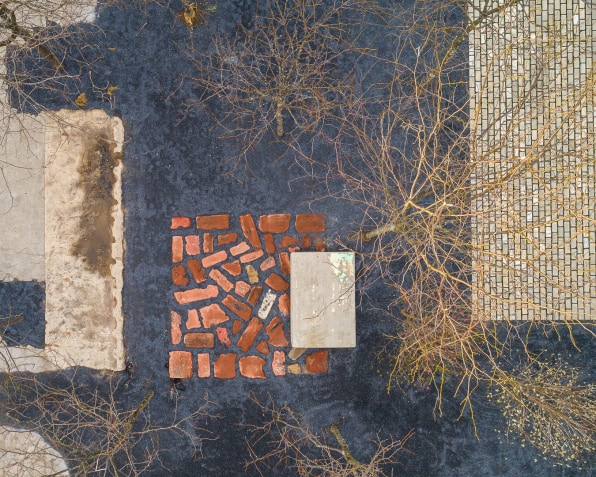
Hood says Bargmann was chosen for her radical impact on the practice of landscape architecture and her persistence in using design to address broader issues than pure aesthetics. “It’s not about getting the next big project, but still investigating those ideas and issues over a 25-year period and being able to stay with it,” he says. “We don’t get rewarded a lot of the times for being consistent.”
Bargmann’s work, Hood says, has forced people “to see landscape and the medium in a different way. I use the term messy in my work. Julie afforded me that view that the work could be messy and could still be wonderful.”
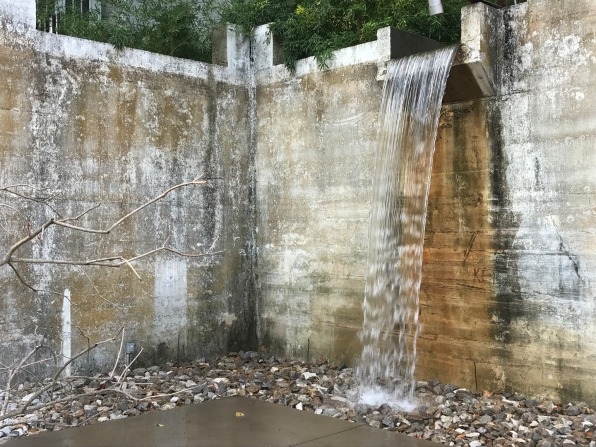
[Photo: ©Charles A. Birnbaum/courtesy the Cultural Landscape Foundation]
In advocating for the reclamation and remediation of heavily polluted sites, Bargmann has long been a provocateur, but she can also be playful. Her Urban Outfitters project at the Philadelphia Navy Yard included the prominent placement of two large chunks of concrete from the site, which she nicknamed Betty and Barney Rubble, after cartoon characters from The Flintstones. Hood says that move inspired one of his own projects, Solar Strand in Buffalo, New York, a few years ago. “I got a client to allow us to do some big Barney Rubble, too,” he says.
Bargmann’s approach to landscape architecture has pushed the field beyond its decorative roots. Hood says that while the profession still has a long way to go, Bargmann’s influence has pushed other designers to take a more holistic view of what their projects can do. “She’s always been that voice out there in the wilderness doing the work, and I think she is an inspiration for the future,” Hood says.
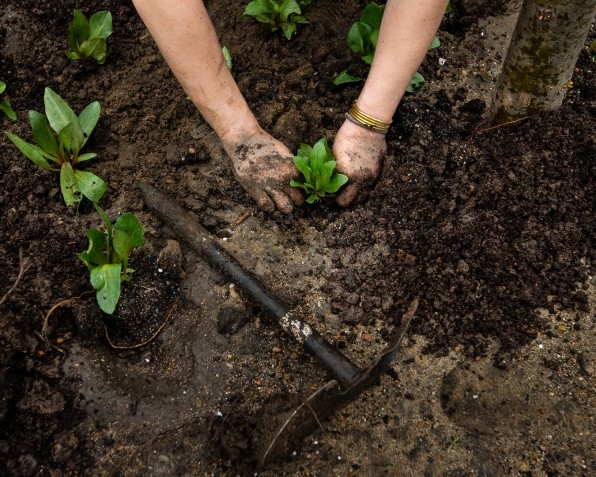
[Photo: Prince Concepts/the Cultural Landscape Foundation]
Bargmann seems gratified by the award, and is hopeful that the attention may help encourage more designers to engage with the social and environmental challenges embedded within the built environment. “Out there are 25 years’ worth of my former students who have ventured into this derelict territory with me and now they, along with other colleagues, are poised to nurture ugly duckling landscapes,” Bargmann says. “If I paraphrase Cornelia Oberlander, the award is a firm tug to pull your head out of the sand and to regenerate, with joy and optimism, these fallow landscapes.”
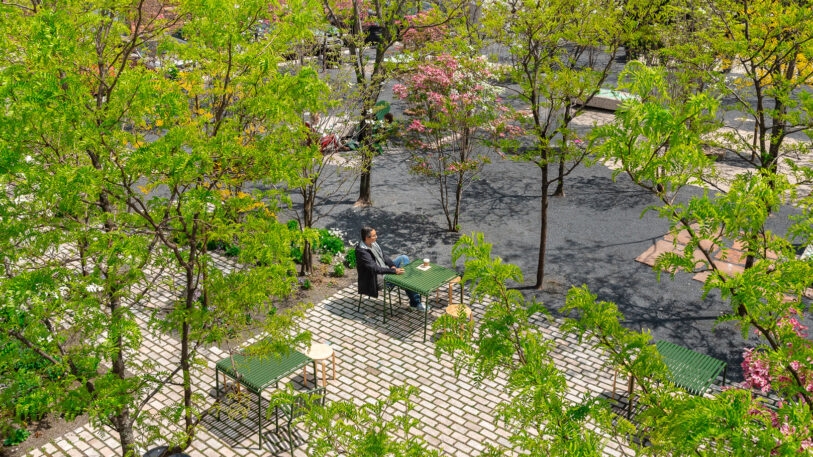
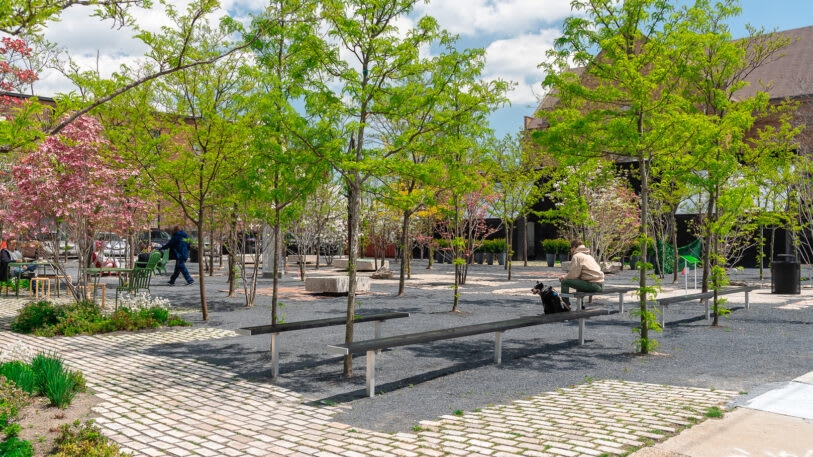
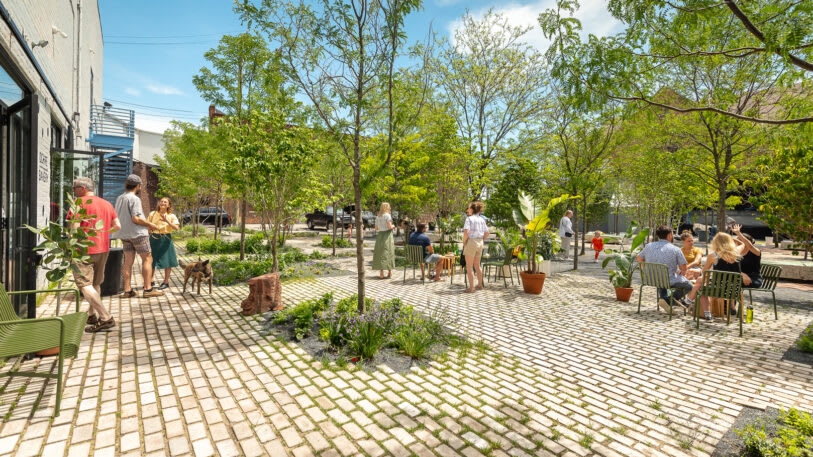
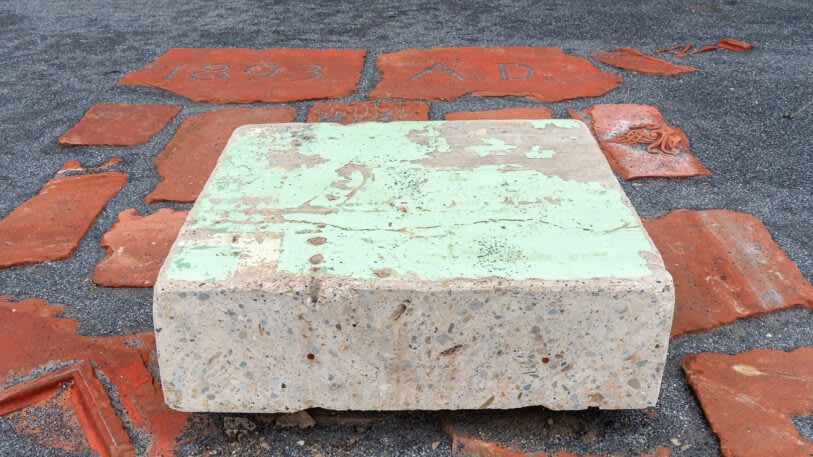
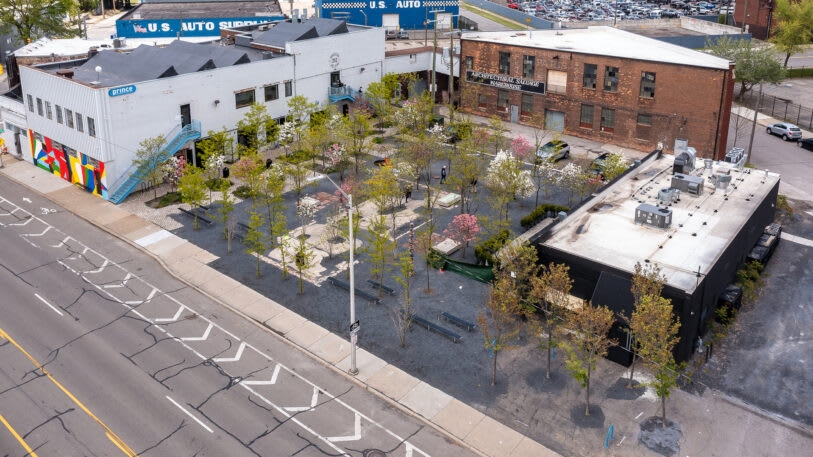
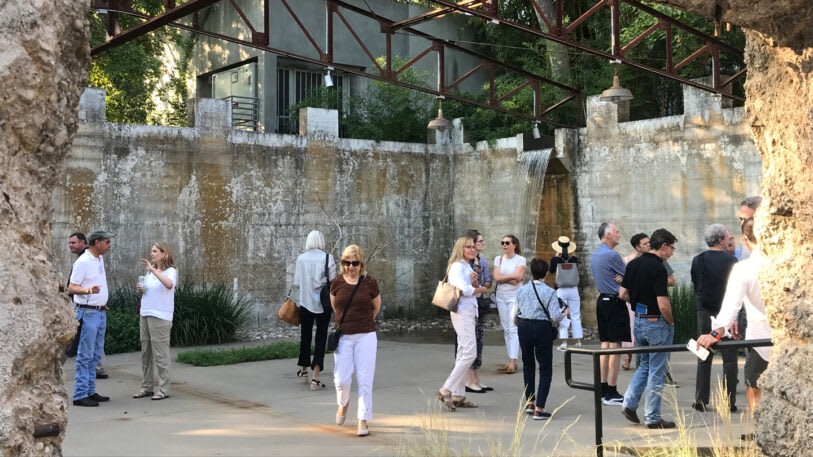
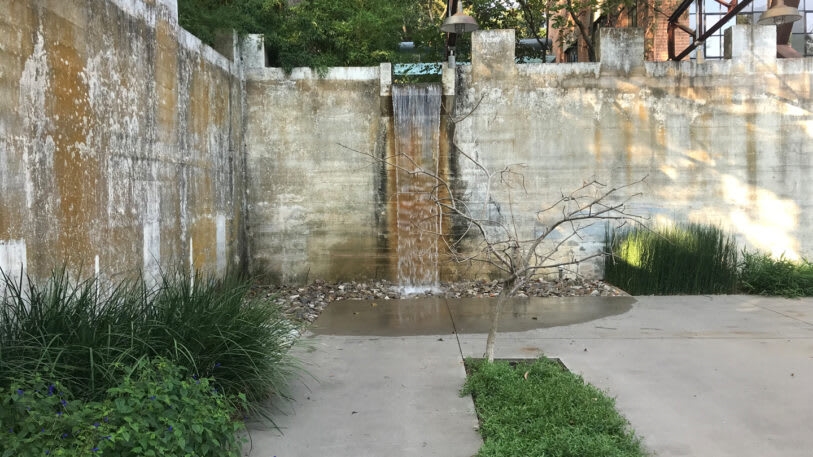
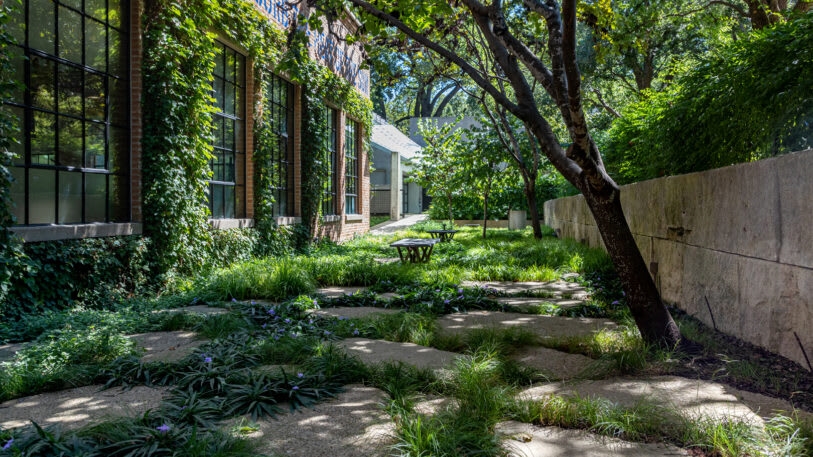
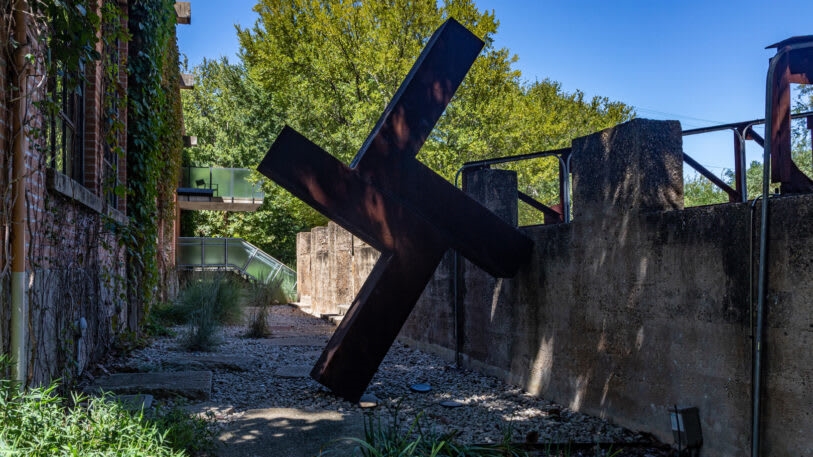
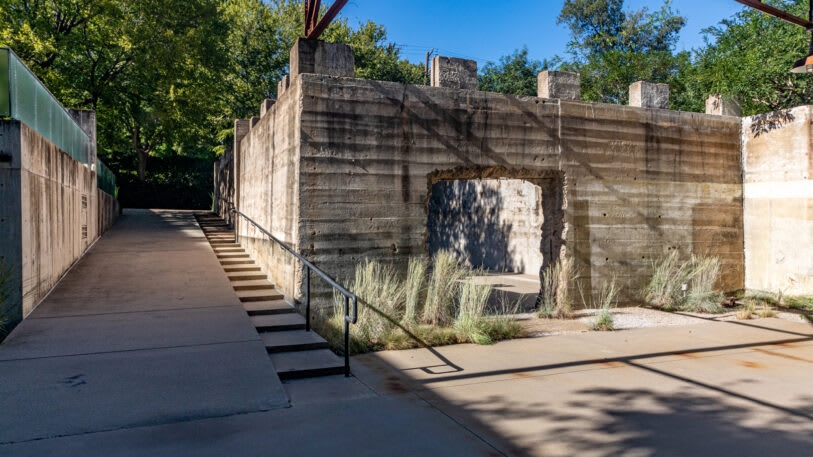
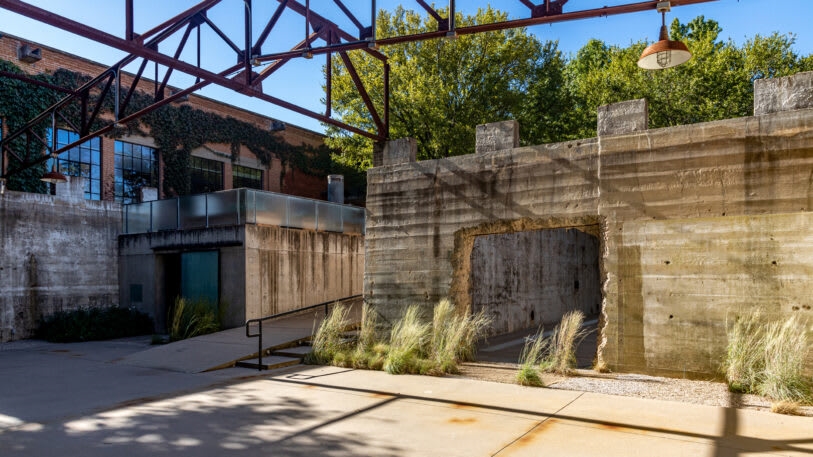
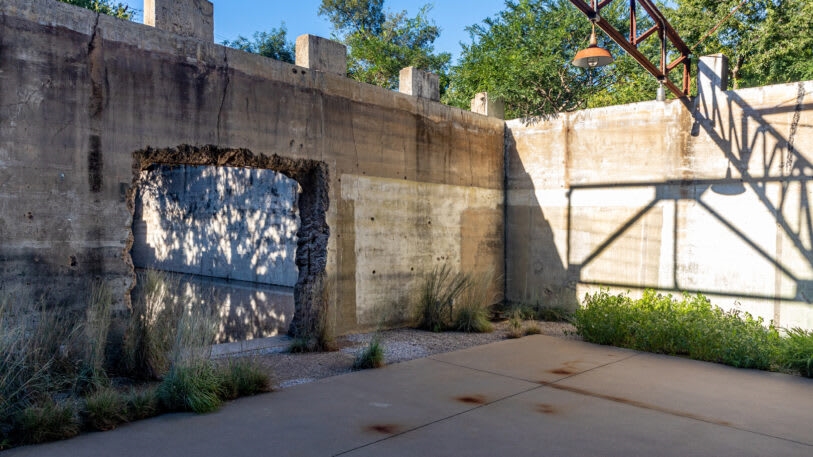
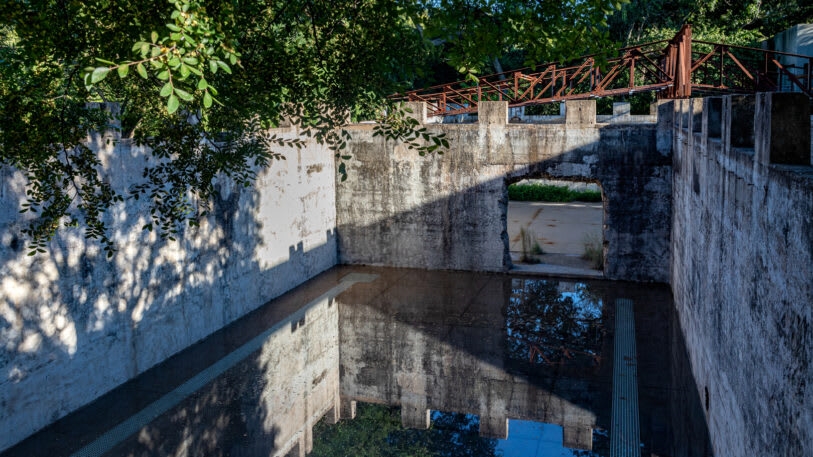
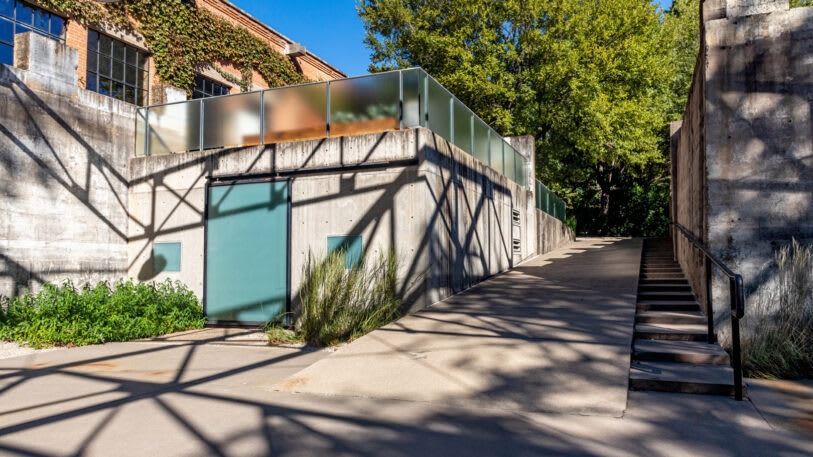
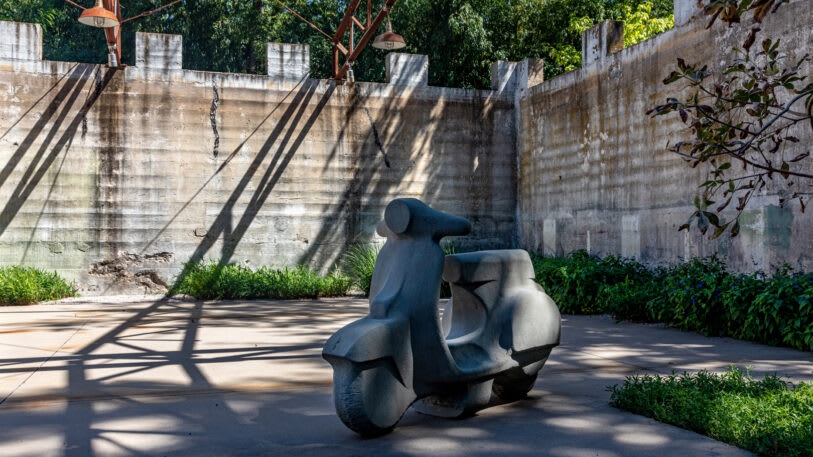
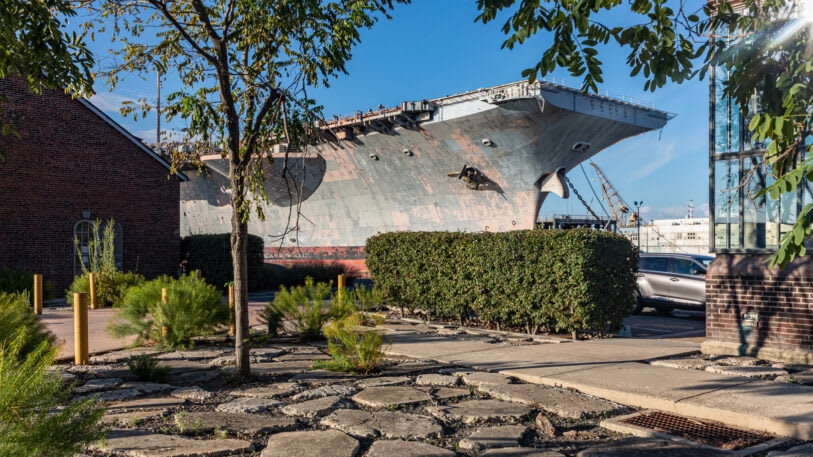
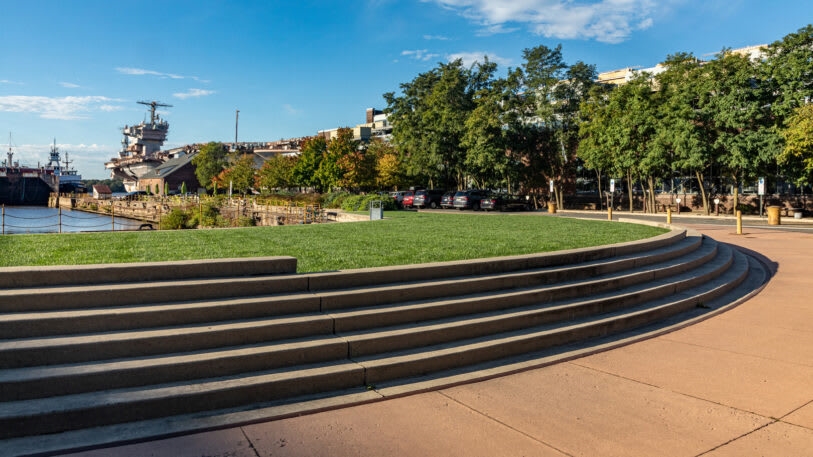
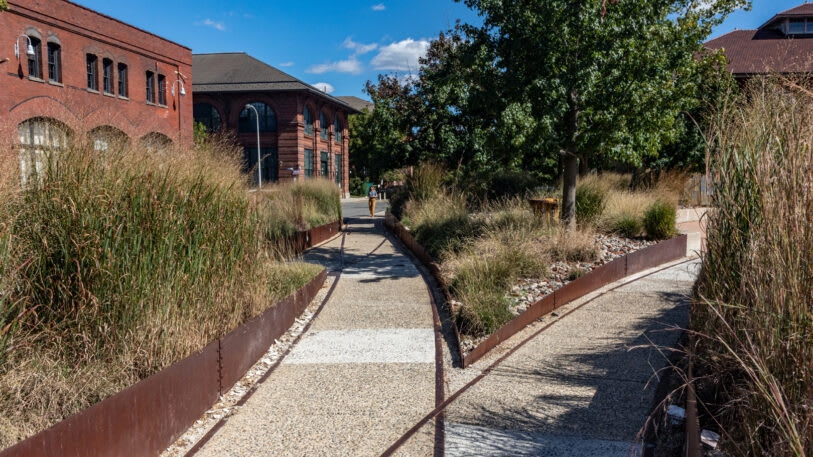
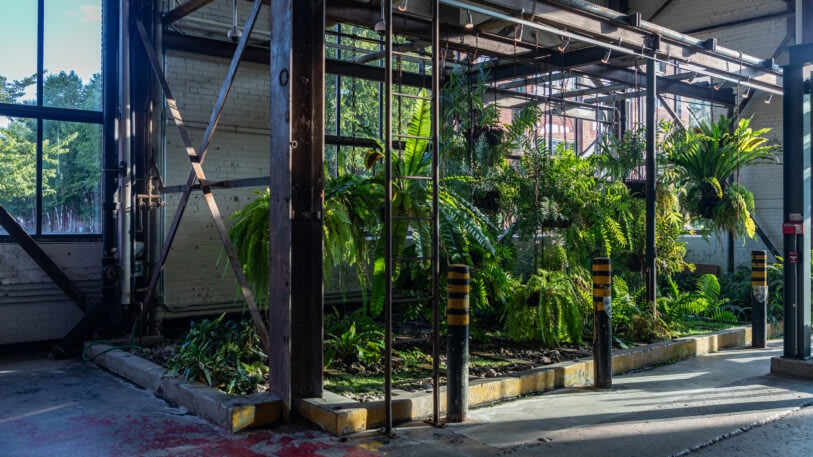
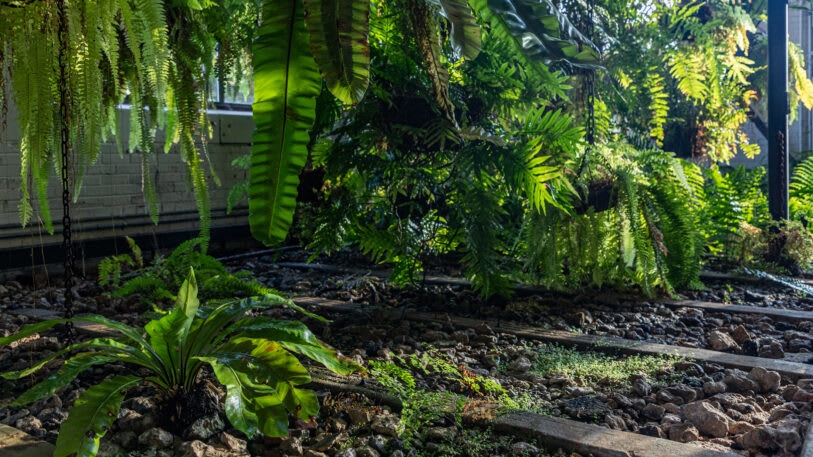
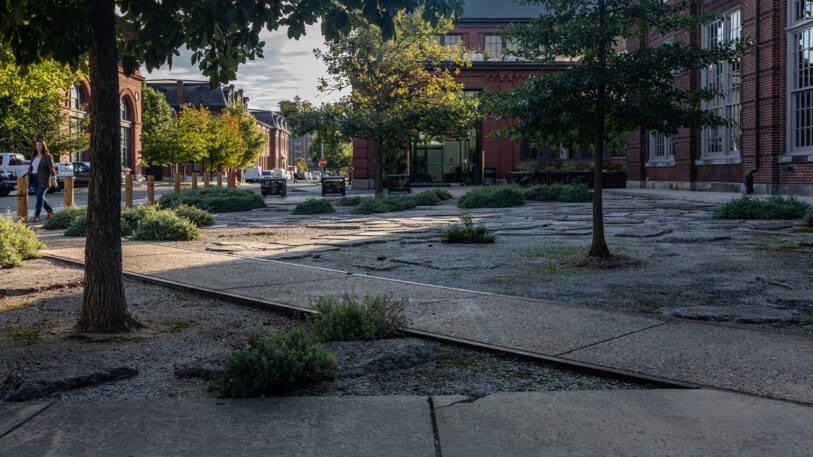
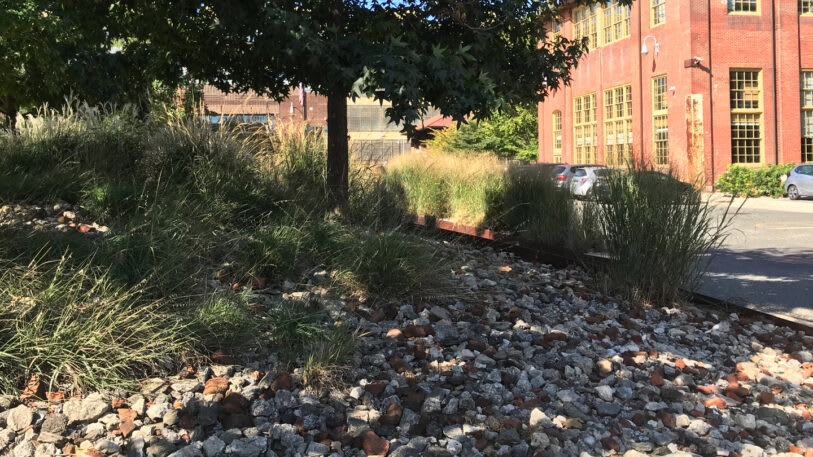
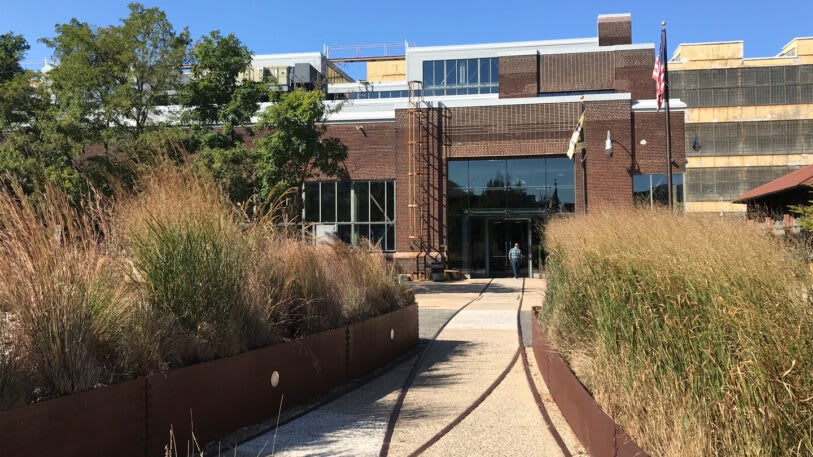
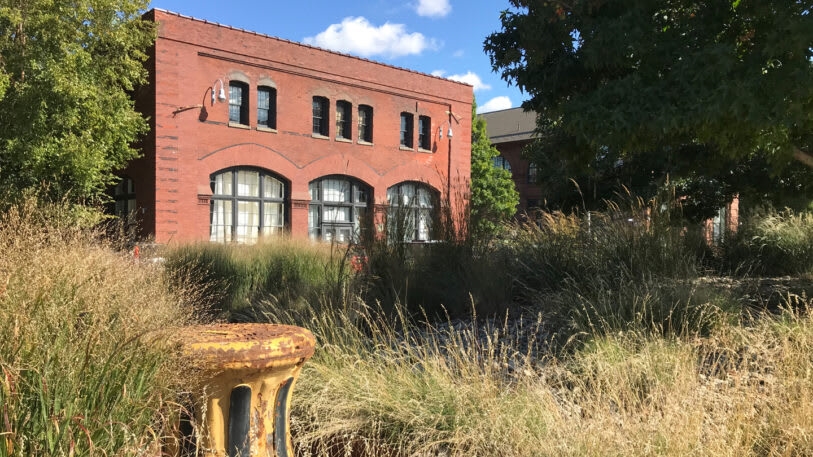
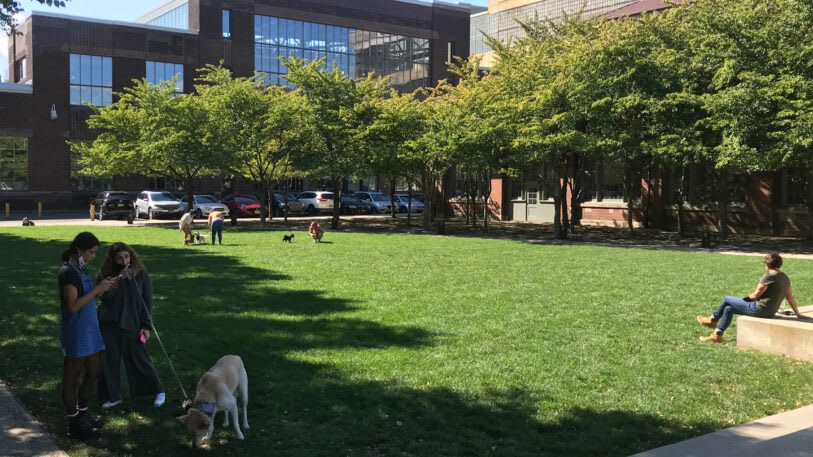
Fast Company , Read Full Story
(20)

